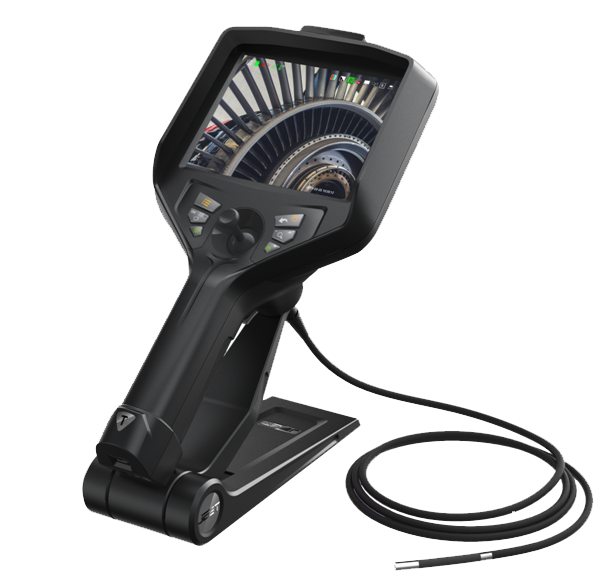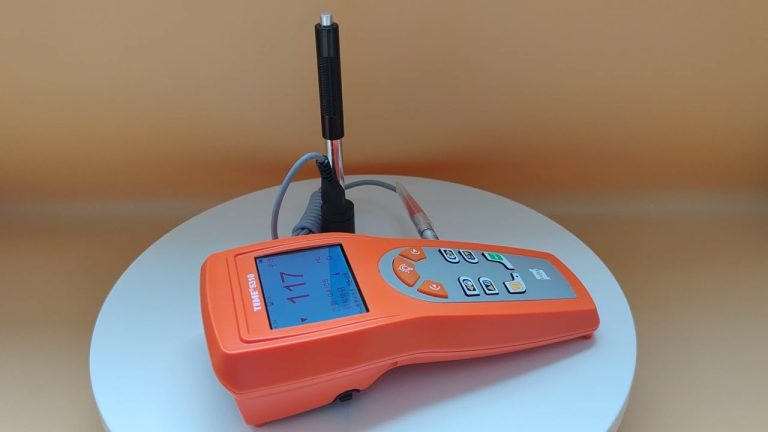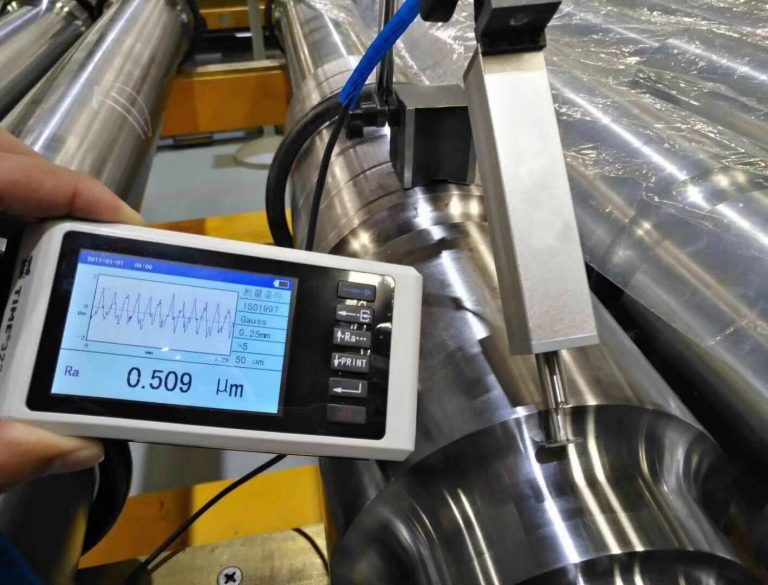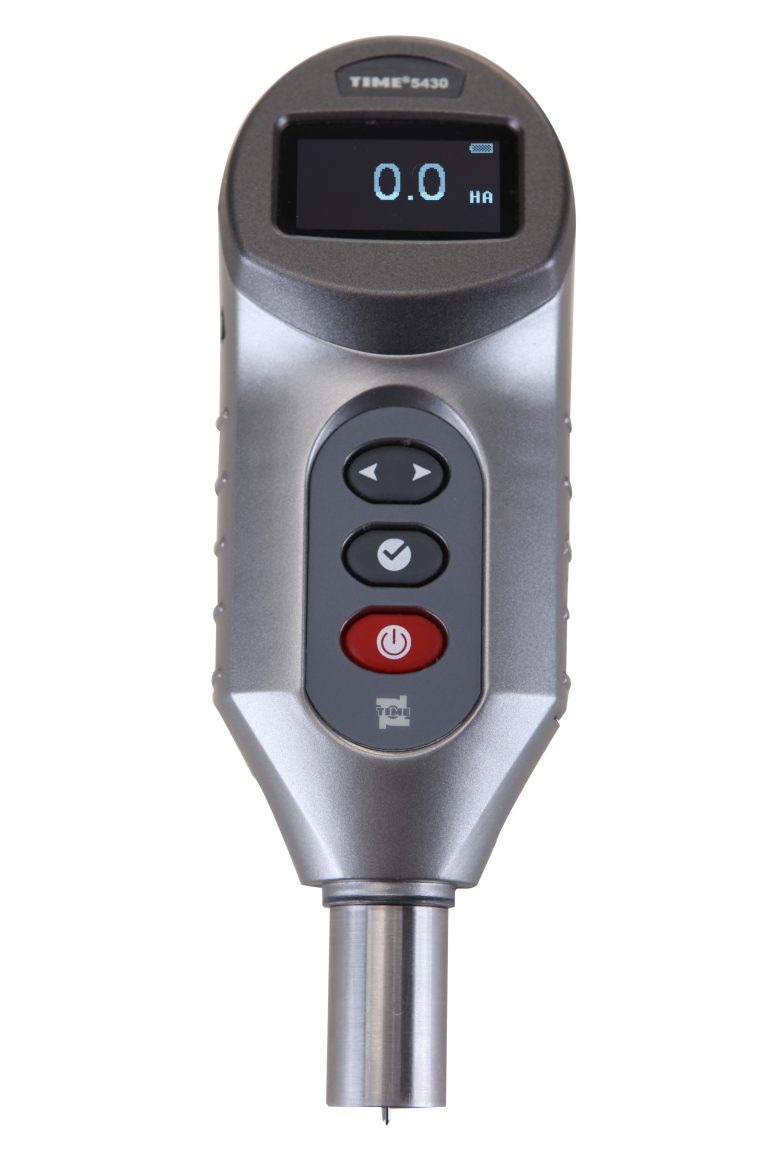Roughness meter is also called surface roughness meter, surface finish meter, surface roughness detector, roughness measuring instrument, roughness meter, roughness tester and other names.
Roughness meters are mainly divided into two categories based on measurement principles: contact and non-contact. Contact roughness meters are mainly in the form of a host and a sensor. Non-contact roughness meters are mainly based on optical principles such as laser surface roughness meters.
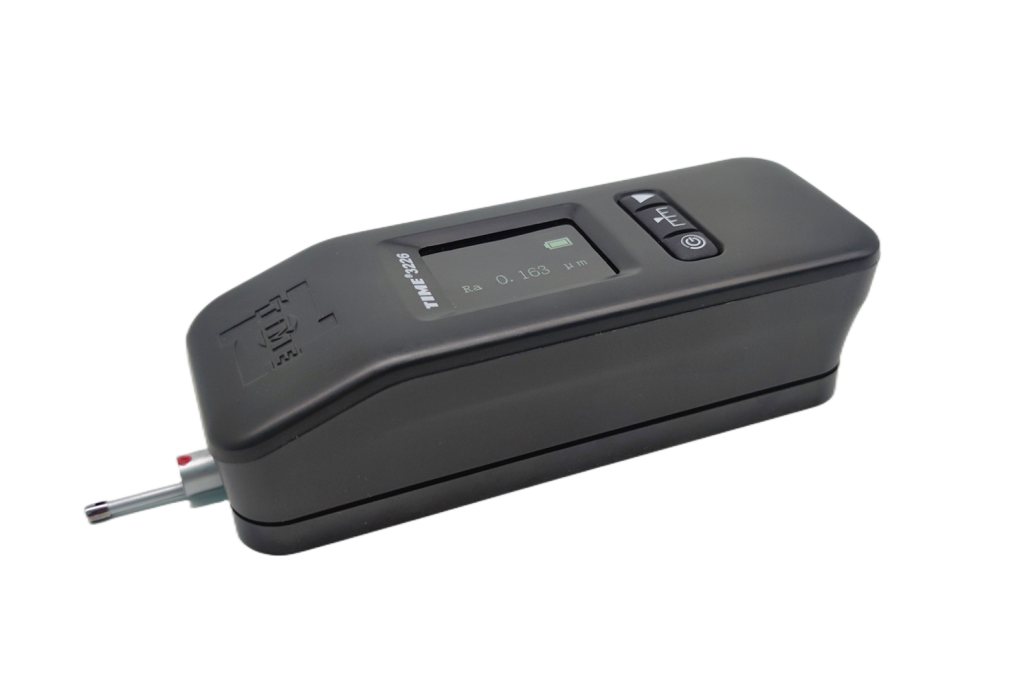
From the convenience of measurement and use, it can be divided into: pocket surface roughness meter, handheld roughness meter, portable roughness meter, and desktop roughness meter. Roughness meters can be divided into functions: surface roughness meters, roughness shape measuring meters and surface roughness profile meters.
Roughness meter features:
- High-precision inductive sensor
- Segment code LCD display with backlight function
- Human-computer dialogue, intuitive interface and extremely simple operation
- Use DSP chip for control and data processing, which is fast and has low power consumption.
- Built-in lithium-ion rechargeable battery and control circuit, high capacity, no memory effect, short charging time, long continuous working time, more than 20 hours
- Mechatronics design, small size, light weight, easy and quick to use
- With measurement value storage and stored data query functions
- The built-in standard RS232 interface can be connected to the Times TA220s printer and all parameters can be printed.
- With automatic shutdown and various prompt information
- Optional accessory menu operation methods such as curved surface sensors, small hole sensors, deep groove sensors, measurement platforms, extension rods, etc.
Roughness meter measurement method
When measuring the surface roughness of a workpiece, place the sensor on the measured surface of the workpiece, and the driving mechanism inside the instrument drives the sensor to slide along the measured surface at a constant speed. The sensor senses the roughness of the measured surface through the built-in sharp stylus. The roughness of the measured surface of the workpiece causes the stylus to shift. This displacement causes the inductance of the sensor inductance coil to change, thereby generating an analog signal proportional to the measured surface roughness at the output end of the phase-sensitive rectifier. This signal passes through After amplification and level conversion, it enters the data acquisition system. The DSP chip performs digital filtering and parameter calculation on the collected data. The measurement results are read out on the LCD, can also be output on a printer, and can also communicate with a PC.
With the development of science and technology, the technology and functions of roughness meters have been continuously strengthened and improved. The advantages of roughness meters such as high measurement accuracy, good stability, and easy operation have rapidly become popular. Nowadays, more and more industries apply roughness testing, such as mechanical processing and manufacturing, electric power, communications, electronics, etc., and even the stationery, tableware, and human tooth surfaces used in people’s daily lives need to be tested for surface roughness.

